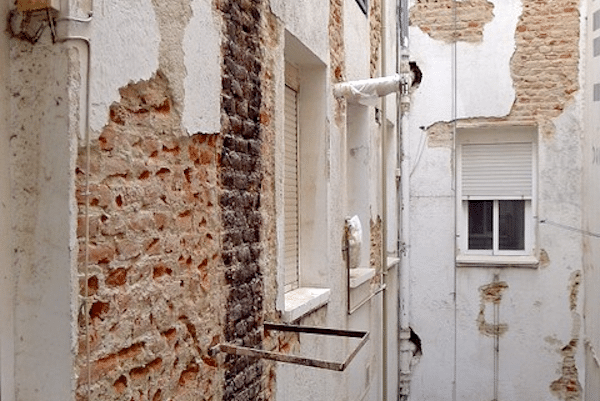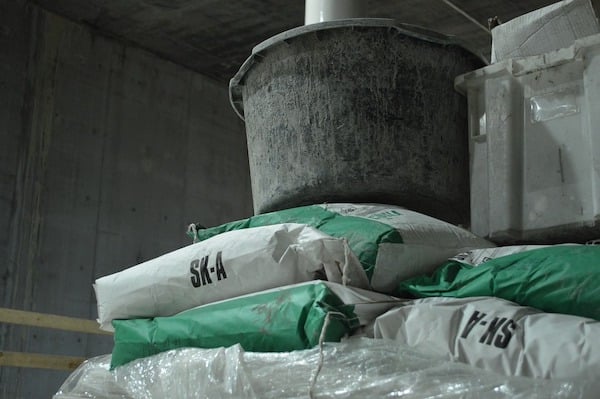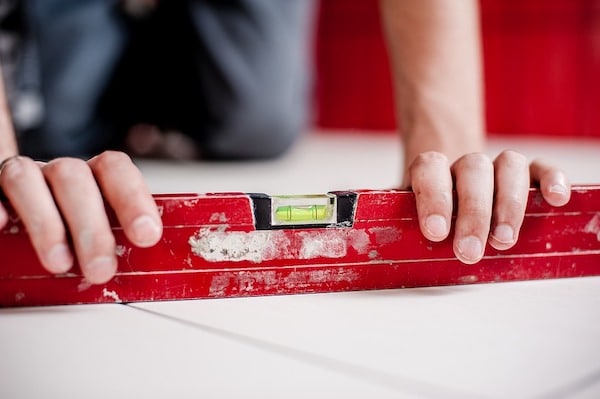Just a few weeks ago, we talked about the importance of the approval of the Nuevo Plan de Vivienda 2018-2021(New Housing Plan). Now, we endorse on a recent report from the National Association of Distributors of Ceramics and Construction Materials (Andimac), to reaffirm the good news for the reforms sector: the cost of each house could increase 4.5% this year.
This was one of the great novelties respect to other previous plans, since in the past only the rehabilitation of buildings was contemplated, but not the reforms in houses. This is why Andimac foresees that this year they could get to reform up to 1.6 million houses, which are 100,000 more than in 2017.
It is one of the highlighted conclusions from the latest edition of the 360º Observatory of Housing and Home Reform, prepared by this association. The document foresees that the average expenditure in reforms per family in 2018 at 681 euros, this is 30 euros more than last year. Some perspectives for 2019 are even more optimistic, with an average expenditure of 713 euros (an increase of 4.7%).

Increased needs
Although the magnitude of the figure is positive, it is not as high as it is actually needed, since the national housing stock is around 25.7 million. This means that only 6.25% of the entire park will be reformed in some way, despite the fact that more than 80% of the total is over 18 years old. At a regional level, half of all households in the communities are over 40 years old.
On many occasions we fall into the mistake of waiting until when we decide to place the sale or rental sign to reform, instead of doing it when we ourselves enjoy the space. Thus, the statistics show that seven out of ten properties sold in Spain face a reform just before or just after the transaction.
We tend not to pay attention to our homes, self-delusion ourselves with the idea that they will long last without proper maintenance. An approach that leads to that while car care is allocated about 5% of the family budget, the maintenance and reform of the home barely reaches 1.5%. And always ends up taking their toll.
Tax benefits
When we are still in the deadline for the presentation of the Income Tax Return, it is important to highlight that the housing reform expenses have a series of assumptions that we can deduct in the IRPF, as regulated by the Real Decreto-Ley 6/2010 of April 9th(Royal Decree). In addition to the reforms aimed at improving the accessibility or the conservation of the building itself, it is possible to deduct all the works that improve energy efficiency, hygiene, health and environmental protection. This chapter obviously includes the incorporation of renewable energies, improvements in safety and sealing and the renewal of supply facilities (electricity, water, gas …).
Not only that, but also the installation of telecommunication infrastructures that allow access to internet and digital television services, as long as they are carried out in our main residence, are also deductible. On the other hand, conservation costs such as painting, as well as improvements to the type of armored doors, are excluded from the tax relief.
Finally, indicate that renovation always adds value. In this sense and according to the data provided by Arthunsen, a renovated apartment is revalued to the point that, if you are in the rental market you can earn up to a 30% more.






Leave A Comment